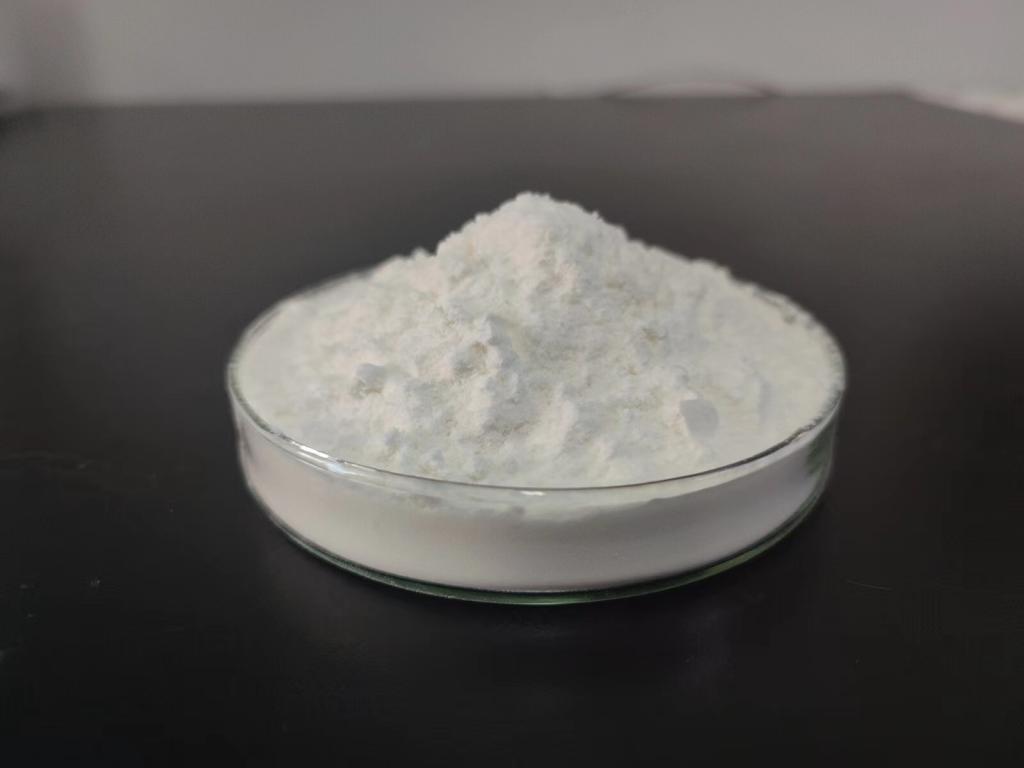Tel:+8618231198596

News
 CONTACT
CONTACT
 CONTACT
CONTACT
- Linkman:Linda Yao
- Tel: +8618231198596
- Email:linda.yao@dcpharma.cn
- Linkman:CHARLES.WANG
- Department:Overseas
- Tel: 0086 0311-85537378 0086 0311-85539701
News
Precision Approaches to Animal Health: The Use of ε-Polylysine Hydrochloride in Veterinary Care
TIME:2024-02-23
The Landscape of Veterinary Care
1. Diverse Animal Sectors
Veterinary care spans a diverse range of animal sectors, each with its unique set of health challenges. Livestock farming, companion animal care, and wildlife conservation all require tailored veterinary interventions to ensure the well-being of the animals involved.
2. Emerging Health Threats
The veterinary landscape is continually evolving with the emergence of new diseases, antimicrobial resistance, and the need for sustainable practices. Precision approaches that consider the specific needs of individual animals and address health challenges effectively are becoming increasingly important.
Understanding ε-Polylysine Hydrochloride
1. Natural Antimicrobial Peptide
ε-Polylysine is a natural antimicrobial peptide produced through the fermentation of Streptomyces albulus. In its hydrochloride form, ε-Polylysine exhibits broad-spectrum antimicrobial activity against bacteria, fungi, and other microorganisms.
2. Mechanism of Action
The mechanism of action of ε-Polylysine hydrochloride involves disrupting the cell membranes of microorganisms, leading to their inactivation. This targeted approach minimizes the risk of resistance development, making it a valuable tool in veterinary care.
Applications of ε-Polylysine Hydrochloride in Veterinary Care
1. Livestock Farming
a. Disease Prevention
Livestock, including poultry, cattle, and swine, are susceptible to various bacterial and fungal infections. ε-Polylysine hydrochloride can be incorporated into feed or applied topically to prevent and manage these infections, contributing to overall herd health.
b. Antibiotic Reduction
With growing concerns about antibiotic resistance, ε-Polylysine hydrochloride offers an alternative for reducing the reliance on traditional antibiotics in livestock farming. Its natural origin and targeted mechanism make it a sustainable option.
2. Companion Animal Care
a. Dermatological Applications
Companion animals often face skin-related issues. ε-Polylysine hydrochloride can be used in dermatological formulations, such as shampoos and creams, to address bacterial and fungal skin infections in dogs, cats, and other pets.
b. Oral Health
Incorporating ε-Polylysine hydrochloride into oral care products for pets can contribute to dental health by preventing the growth of bacteria that lead to plaque and gum diseases.
3. Wildlife Conservation
a. Disease Management in Captive Populations
Wildlife in captivity, such as in zoos or rehabilitation centers, may face challenges related to disease outbreaks. The use of ε-Polylysine hydrochloride can aid in disease management without compromising the health of the animals.
b. Preservation of Endangered Species
For endangered species, maintaining optimal health is crucial for their survival. Precision veterinary care, including the use of ε-Polylysine hydrochloride, can contribute to the preservation of genetic diversity and overall well-being.
Benefits of ε-Polylysine Hydrochloride in Veterinary Care
1. Natural Origin
The natural origin of ε-Polylysine hydrochloride aligns with the shift towards sustainable and eco-friendly practices in veterinary care. Its production through fermentation processes supports a more environmentally conscious approach.
2. Targeted Antimicrobial Action
The targeted mechanism of ε-Polylysine hydrochloride minimizes the impact on beneficial microorganisms, reducing the risk of disrupting the natural balance in the animal's microbiome. This is particularly important for gastrointestinal health in livestock and pets.
3. Reduced Antibiotic Use
In both livestock and companion animal care, the incorporation of ε-Polylysine hydrochloride offers the potential to reduce reliance on traditional antibiotics. This reduction is critical in mitigating the development of antibiotic-resistant strains of microorganisms.
Case Studies: Successful Integration of ε-Polylysine Hydrochloride in Veterinary Practices
1. Poultry Farming
In poultry farming, where bacterial infections such as necrotic enteritis can be economically devastating, the incorporation of ε-Polylysine hydrochloride in feed has shown promise. Farms adopting this approach have reported improved flock health and reduced reliance on antibiotics.
2. Canine Dermatology
Veterinary dermatology clinics incorporating ε-Polylysine hydrochloride-based shampoos and topical treatments have observed positive outcomes in managing skin infections in dogs. The targeted action of ε-Polylysine contributes to effective disease control.
Challenges and Considerations
1. Dosage Optimization
Determining the optimal dosage of ε-Polylysine hydrochloride for different animal species and health conditions is a critical consideration. Research and collaboration between veterinarians and researchers are essential for establishing effective dosage regimens.
2. Palatability and Acceptance
In companion animals, especially pets, the palatability and acceptance of products containing ε-Polylysine hydrochloride need to be addressed. Formulations that are appealing to animals can enhance compliance with treatment regimens.
3. Regulatory Approval
Securing regulatory approval for the use of ε-Polylysine hydrochloride in veterinary care is crucial. Collaborative efforts between researchers, veterinary professionals, and regulatory bodies can facilitate the establishment of guidelines and standards.
Future Directions and Research Needs
1. Species-Specific Research
Conducting species-specific research to understand the efficacy and safety of ε-Polylysine hydrochloride in different animals is essential. This includes investigating its impact on diverse microbiomes and potential variations in response.
2. Long-Term Effects
Assessing the long-term effects of ε-Polylysine hydrochloride use in veterinary care is a key area for future research. Monitoring animal health over extended periods can provide insights into its safety and sustained efficacy.
3. Combination Therapies
Exploring the potential of combining ε-Polylysine hydrochloride with other veterinary interventions, such as vaccines or probiotics, can enhance overall disease management strategies. Synergistic effects may contribute to more comprehensive and effective care.
Conclusion
ε-Polylysine hydrochloride holds significant promise as a precision tool in veterinary care, addressing challenges in diverse animal sectors while aligning with the principles of sustainability and reduced antibiotic use. As research advances and collaborations between researchers, veterinarians, and regulatory bodies intensify, ε-Polylysine hydrochloride may become a staple in precision veterinary medicine. By embracing innovative solutions like ε-Polylysine hydrochloride, the veterinary community takes a significant step toward ensuring the health and well-being of animals in a manner that is effective, sustainable, and tailored to the unique needs of each species.
- Tel:+8618231198596
- Whatsapp:18231198596
- Chat With Skype







